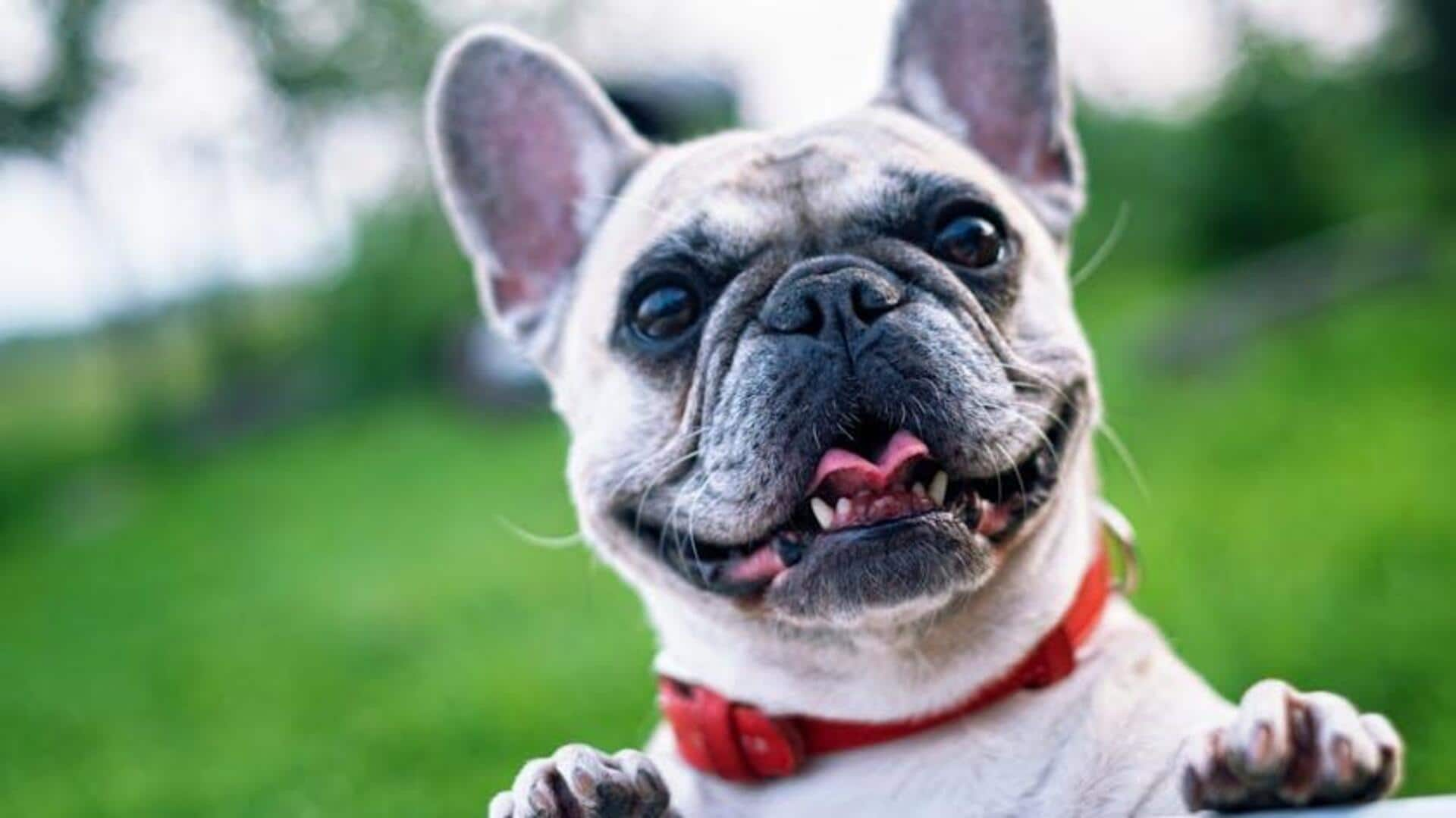
Essential oils for pets: Safe usage tips and tricks
What's the story
Essential oils, nature's fragrant gifts distilled from plants, can hold the key to supporting your pet's health and happiness.
However, knowing which oils are safe and how to use them properly is crucial to prevent unwanted side effects.
This article unlocks the secrets to creating perfect blends for your furry friend's well-being.
Safe choices
Choosing safe essential oils
Choosing essential oils for pets: The key here is safety.
Lavender, chamomile, and frankincense are often recommended as safe choices. They can assist in calming and reducing stress in pets.
Avoid toxic oils like tea tree or eucalyptus. They can cause harm if ingested or absorbed through the skin.
Proper dilution
Dilution ratios matter
It's important to always dilute essential oils before applying them to avoid irritation or toxicity in pets.
A general rule of thumb is to aim for a 1% dilution ratio for dogs, and even less for cats due to their more sensitive systems.
This translates to one drop of essential oil to 100 drops of a carrier oil such as coconut or olive oil.
Application techniques
Methods of application
There are multiple ways to use essential oil blends on pets without causing harm.
Diffusion is a great option as it lets the scent permeate the room without touching the pet's skin.
If you're applying topically, make sure it's somewhere they can't lick it off, like behind their ears or along their back.
Observing effects
Monitoring pet reactions
After applying an essential oil blend to your pet, closely observe their behavior and physical reactions.
Watch for signs of discomfort, such as excessive scratching, sneezing, or other abnormal behaviors.
These symptoms may indicate sensitivity or an allergic reaction to a particular oil in the blend.
By closely monitoring these responses, you can ensure your pet's safety and comfort while benefiting from the use of essential oils for their well-being.